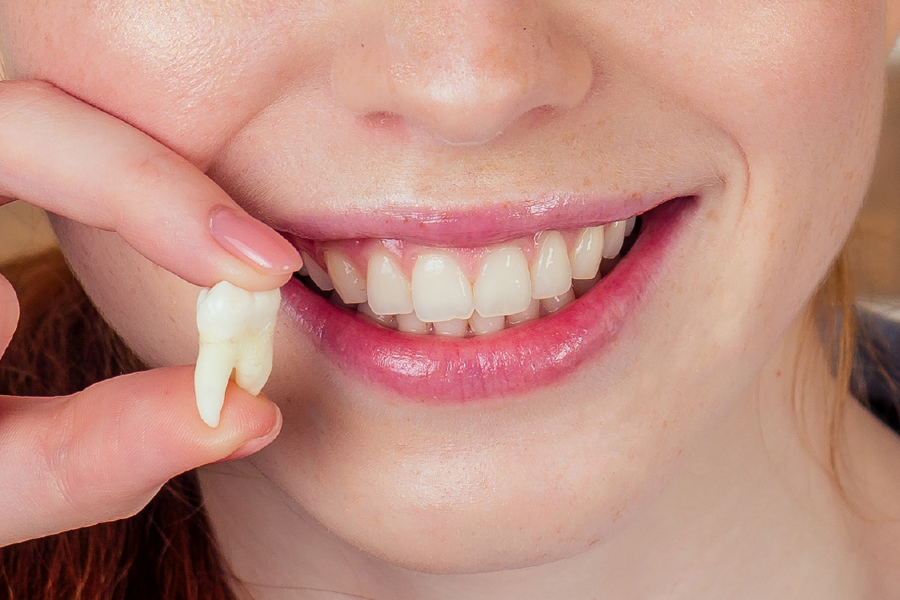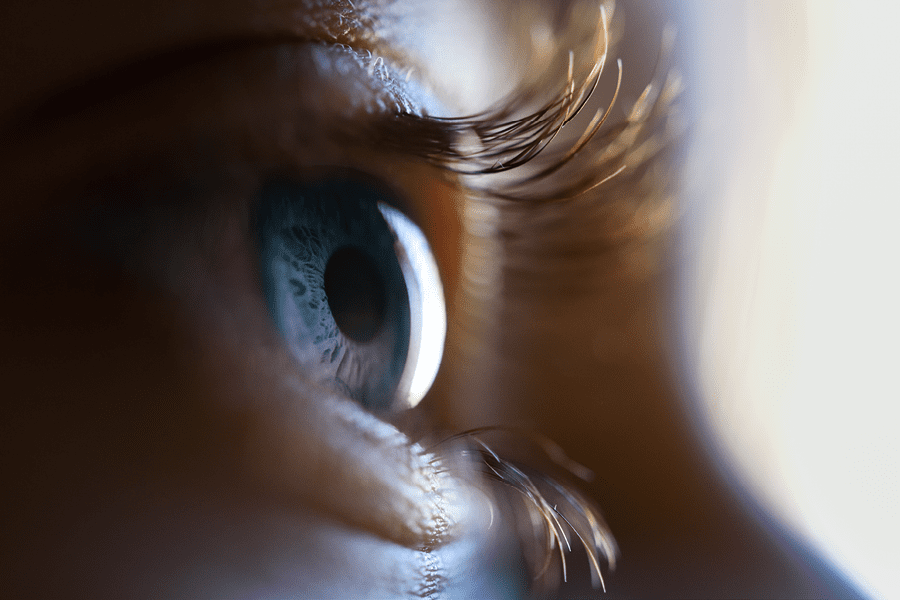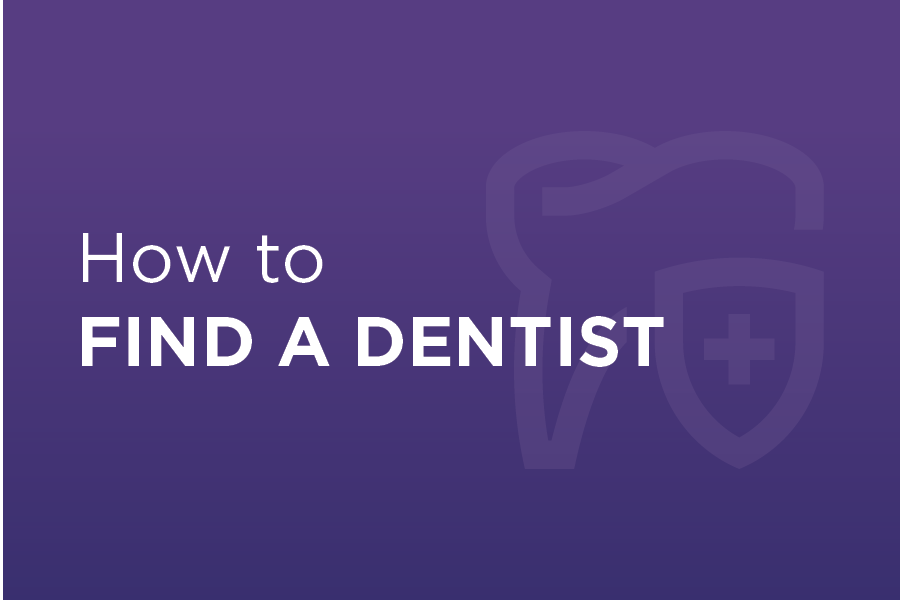Wisdom teeth, also known as third molars, are the last set of teeth to emerge in the human mouth. Typically appearing between the ages of 17 and 25, these perplexing teeth may sometimes cause discomfort.
Continue readingTooth-friendly back-to-school lunch ideas
As the new school year approaches, it’s the perfect time to start planning healthy and tooth-friendly back-to-school lunches for your kids. Ensuring that their meals are nutritious and beneficial for their dental health can set them up for success both in the classroom and in maintaining a beautiful smile.
Continue readingTooth-friendly steak marinade recipe
A delicious steak can be a highlight of any meal, but traditional steak marinade recipes often contain ingredients that aren’t the best for your oral health. Sugary sauces and acidic components can contribute to tooth decay and enamel erosion.
Continue readingWhat are eye floaters?
Eye floaters are a common visual phenomenon experienced by many people, often appearing as “tiny spots, threads, squiggly lines, or even little cobwebs” that drift across their field of vision. While they can be alarming, understanding what eye floaters are and why they occur can help alleviate concerns.
Continue readingThe connection between oral health & gut health
The link between oral health and overall wellness is well-studied and recognized. However, an often underestimated aspect is the connection between oral health and gut health. Recent studies indicate a close interdependence between the health of our mouth and gut, each affecting the other in unexpected ways.
Continue readingHow to find a dentist on Delta Dental of Wisconsin’s member portal
Finding a dentist that fits your needs shouldn’t be difficult. Delta Dental of Wisconsin can help guide you through this process with our online Find a Dentist tool.
Continue reading5 reasons you may owe money out-of-pocket at the dentist
Visiting the dentist is an essential part of maintaining oral health, but sometimes unexpected expenses can arise even after your dental appointment. Understanding why these out-of-pocket costs occur can help you better prepare for future visits and manage your budget more effectively.
Continue readingWhy healthy eyes matter at every age
Many people take in the world around them primarily through sight. From the vibrant colors of a sunset to the details of a loved one’s face, healthy eyes are essential for this experience. But beyond allowing you to see clearly, they also play a crucial role in your overall health and well-being, no matter your age.
Continue readingWhat does dental insurance cover?
You probably know that most dental insurance plans cover your regular trip to the dentist, but do you know that your coverage goes far beyond that? From routine cleanings to unexpected dental emergencies, understanding your dental insurance coverage ensures both financial security and optimal oral health care.
Continue readingHow to check your Delta Dental of Wisconsin benefits
Whether it’s your first time having Delta Dental of Wisconsin dental insurance or you’ve been a member for decades, knowing how to check your dental benefits is an important step in maintaining a healthy smile. Let’s walk through the steps to view your dental benefits online.
Continue reading








